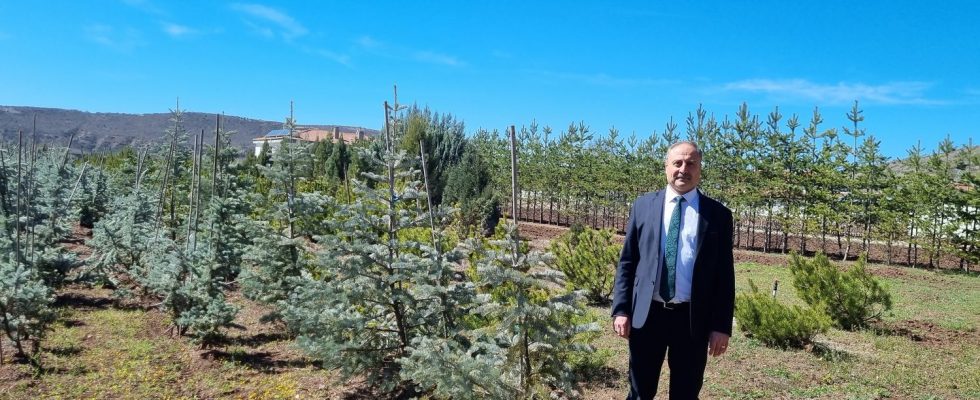To try to make trees more resistant to climate change, Turkey and France have initiated a collaboration between scientists and forestry offices.

Published
Update
Reading time: 2 min

How to save trees, the lungs of the planet? A collaboration has been initiated between French and Turkish scientists and between the forest offices of the two countries. Seed exchanges to work on the adaptation of trees to climate change and try to make them more resistant.
It is a plot of land of just under one hectare in the heart of the Eskisehir forest in central Anatolia, where we work on the resilience of forests faced with climate change. Zeren Erik, from the French Development Agency, project partner, explains the approach. “Turkey and France share common challenges. For example, fires which last longer and are more frequent and as well as dry seasons, he said. We also share the Mediterranean climatic zone and therefore the types of forests are similar in Turkey and France. This site is a living laboratory for France, so that French forests can survive climate change.”
“If this species of oak takes hold here, it will also take hold in France”
The climate that prevails here resembles that which our country should experience by 2050. France has therefore sent oak shoots to understand what awaits its forests. Oaks of Morvan, Vachères in the Alpes de Haute Provence or the Loire region. If we look at the somewhat desolate expanse before us, there is reason to be concerned. Difficult to see the French oaks. Cemal Karakurt, forest engineer, however, draws our attention to a small shoot measuring a few tens of centimeters. “If this species, this Morvan oak takes hold here, it will also take hold in France. Here it has shown great resilience, he assures. It is capable of growing in its natural environment but also in foreign soil. It adapts easily, the proof is that it resisted here even though it rains much less than in France, 280 mm compared to 400. It will therefore be able to survive in France and elsewhere.”
Turgay Ezen, who heads the project, says he is very satisfied with the survival rate of French trees. We must now, he says, work on adaptation strategies for these trees. This is where genetics comes into play: “Previously climate change was spread over longer periods, trees had time to adapt but with such a significant change over 40 to 50 years, their adaptation will be very difficult without help from humans.” He therefore set out to help the forest invent the trees of tomorrow.
